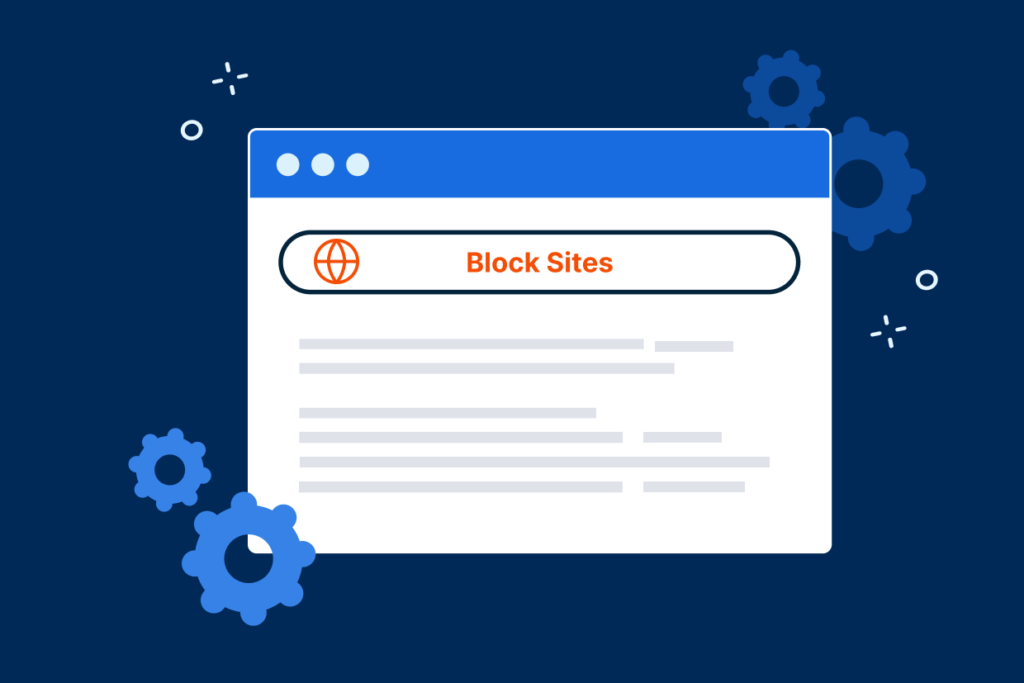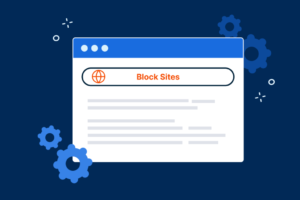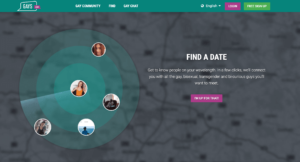Achieving Marketing Efficiency with Saturation Lists
In the world of direct marketing, To achieve Saturation rates. Reaching the maximum number of potential customers with minimal effort and cost is a constant goal for businesses. One proven strategy to achieve this is through the use of saturation lists. These targeted lists offer an effective way to streamline your marketing efforts, ensuring optimal coverage within specific geographic areas. Whether you are a small business owner or part of a large corporation, understanding how saturation lists work can be a game-changer for your marketing campaigns.
What Are Saturation Lists?
Saturation lists are a type of marketing list that includes every deliverable address within a specified geographic area, such as a ZIP code, carrier route, or neighborhood. Unlike personalized mailing lists that target individual recipients based on specific criteria, saturation lists focus on delivering your marketing materials to every household or business within the chosen area.
These lists are commonly used for campaigns that do not require personalized messaging but aim to reach a broad audience. Examples include promotional flyers, coupons, and community event announcements. By covering an entire area, saturation lists help businesses maximize their exposure while minimizing the cost per contact.
Benefits of Using Saturation Lists
1. Cost-Effective Marketing
Saturation lists are one of the most cost-efficient ways to execute direct mail campaigns. Because they target entire areas, you can qualify for bulk mailing discounts from the United States Postal Service (USPS). These discounts significantly reduce postage costs, making saturation lists an affordable option for reaching a large audience.
2. Maximized Reach
By delivering to every address in a specified area, saturation lists ensure that your message reaches the widest possible audience. This is particularly beneficial for local businesses aiming to increase foot traffic or promote community events.
3. Time Efficiency
Saturation mailing requires minimal preparation compared to personalized campaigns. With no need to segment or analyze customer data, you can launch your campaign quickly and focus on other aspects of your business.
4. Consistent Branding
Delivering your message to an entire area reinforces brand recognition. As potential customers repeatedly encounter your marketing materials, they become more familiar with your business, which can lead to increased trust and loyalty.
How Saturation Lists Work
To achieve saturation rates, businesses typically work with service providers or use USPS’s Every Door Direct Mail (EDDM) service. Here’s how the process generally unfolds:
1. Define Your Target Area
Start by identifying the geographic area you want to target. This could be based on ZIP codes, specific neighborhoods, or carrier routes.
2. Obtain a Saturation List
Purchase a saturation list from a reputable provider or generate one through USPS’s EDDM tool. These lists include all deliverable addresses within your chosen area, ensuring comprehensive coverage.
3. Design Your Marketing Materials
Create eye-catching and informative marketing materials that clearly convey your message. Since saturation lists target broad audiences, ensure that your content is universally appealing.
4. Prepare for Distribution
Bundle your materials according to USPS requirements or the guidelines of your chosen service provider. Proper preparation ensures smooth distribution and helps you qualify for bulk mailing discounts.
5. Track Your Campaign’s Impact
Although saturation mailings are not personalized, you can still measure their effectiveness through tools like QR codes, unique coupon codes, or dedicated landing pages. These methods help you gauge response rates and calculate your campaign’s return on investment (ROI).
Applications of Saturation Lists
Saturation lists are versatile and can be used in a variety of industries and scenarios, including:
- Retail Promotions: Drive traffic to your store with special offers or discounts.
- Real Estate: Advertise open houses, new listings, or services to entire neighborhoods.
- Local Events: Promote community gatherings, fundraisers, or seasonal celebrations.
- Service Providers: Reach potential customers for home improvement, landscaping, or cleaning services.
- Healthcare: Inform residents about new clinics, health screenings, or wellness programs.
Choosing the Right Provider
When selecting a saturation list provider, consider the following factors:
- Accuracy: Ensure the provider offers up-to-date and verified address data.
- Coverage: Confirm that the provider can supply lists for your desired geographic area.
- Cost: Compare pricing options and any additional services, such as design or distribution assistance.
- Reputation: Look for providers with positive reviews and a proven track record in the industry.
Tips for Success
- Keep It Simple: Use clear and concise messaging to appeal to a broad audience.
- Focus on Design: Invest in professional-looking materials to capture attention.
- Test Your Campaign: Start with a smaller area to evaluate the effectiveness of your message before scaling up.
- Monitor Results: Use tracking tools to assess performance and refine future campaigns.
Final Thoughts
Saturation lists are a powerful tool for businesses looking to maximize their marketing impact within specific geographic areas. By delivering your message to every address in a target region, you can achieve widespread visibility and build stronger connections with your community. Whether you’re promoting a local event, driving retail traffic, or offering essential services, saturation lists provide an efficient and cost-effective solution to achieve your goals.
To learn more about how saturation lists can help your business achieve saturation rates, visit Marketing Source’s Saturation Lists.














Post Comment